The enduring call of a pilgrimage is a universal human impulse, offering more than just a hike. These intentional voyages are powerful acts of self-discovery and spiritual reflection, connecting you to ancient heritage and the essentials of life. Pilgrimages provide a rare chance to disconnect from modern noise, replacing it with the simple, transformative rhythm of putting one foot in front of the other. Whether you seek faith, physical challenge, or solitude, undertaking these journeys builds humility and endurance. The paths detailed here are among the most globally renowned, historically rich, and visually stunning pilgrimages accessible today, each promising an unforgettable encounter with history, nature, and deep introspection. So, where will your steps lead you?
What essential preparations, both practical and spiritual, do you need to undertake these global pilgrimage routes?
These 5 trails – from the misty mountains of East Asia to the sun-drenched paths of Southern Europe and the dizzying heights of the Indian Ocean – offer varied terrains, cultures, and traditions, but all share the common thread of leading the traveler toward a deeper, more meaningful destination than a simple GPS coordinate. They demand preparation, respect, and above all, the willingness to embrace the unpredictable nature of a long walk. Before even setting off, especially for those who must travel internationally to begin their journey, logistical details must be managed. For instance, securing appropriate long-term vehicle storage is crucial. Savvy travelers often look for cheap airport parking options when embarking on a journey of several weeks or months. Finding the right airport parking coupons or browsing available airport parking offers on sites like ParkingNearAirports.io can provide peace of mind that your vehicle is secure while you focus entirely on the transformative miles ahead. With those practicalities settled, the mind is truly free to absorb the spiritual lessons of the path.
1. Kumano Kodo – Japan
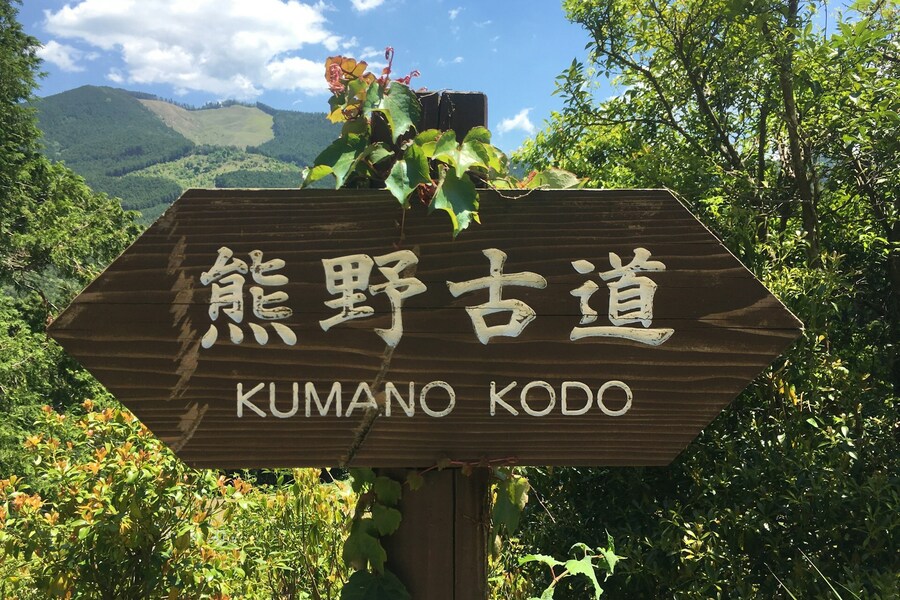 Source: Dino Johannes/Unsplash
Source: Dino Johannes/Unsplash
The Kumano Kodo is a network of ancient pilgrimage routes on the mountainous Kii Peninsula, south of Osaka. Revered for over a thousand years, it represents a rare syncretism of Japan's indigenous Shintoism (nature worship) and Buddhism. The pilgrimage aims to visit the Kumano Sanzan – 3 Grand Shrines: Kumano Hongū Taisha, Kumano Nachi Taisha, and Kumano Hayatama Taisha – nestled in environments of dense forest, towering waterfalls, and clear rivers.
The popular Nakahechi route, historically used by the imperial family, is a journey of moderate difficulty. It spans several days, winding through cedar and cypress forests on paths often paved with ancient, mossy stones. Steep ascents and descents test endurance, but the rewards are immense. Walkers encounter oji shrines, ancient prayer stops along the way. Reaching Nachi Falls, a 133-meter torrent alongside the vermilion Nachi Taisha pagoda, is a breathtaking highlight. This UNESCO World Heritage route is meticulously maintained, with clear signage and welcoming minshuku (traditional inns), making it accessible to determined hikers. The atmosphere is one of profound tranquility and deep respect for the natural world, reconnecting the traveler with the ancient roots of Japanese spirituality.
2. Camino de Santiago – Spain
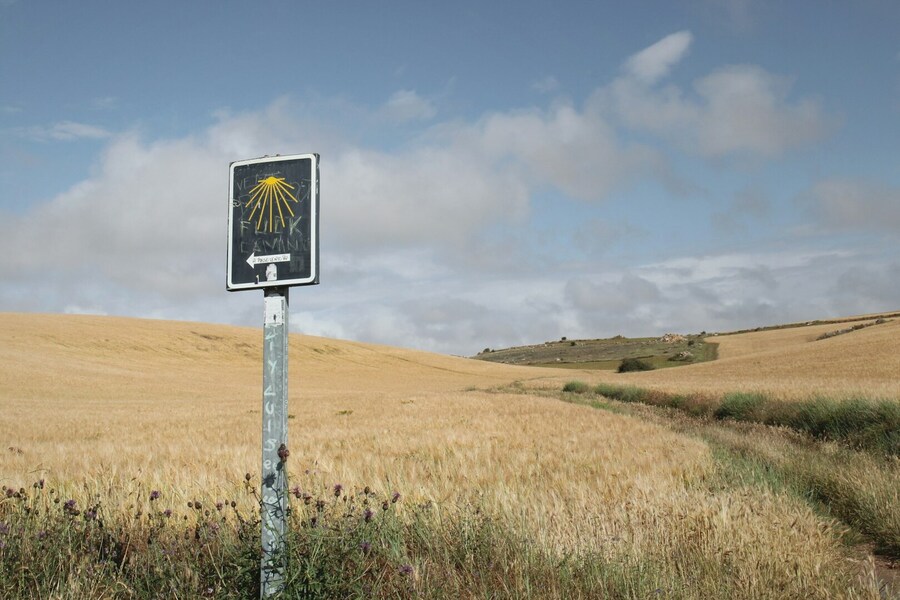
Source: Damien Dufour/Unsplash
The Camino de Santiago, or the Way of St. James, is the most famous pilgrimage route in the Western world, culminating at the cathedral in Santiago de Compostela. While many routes exist, the Camino Francés is the quintessential experience. Spanning roughly 780 kilometers from St. Jean Pied de Port, it traverses the varied landscapes of northern Spain: the Pyrenees, La Rioja wine country, the vast Meseta, and the green hills of Galicia.
The Camino is defined by its vibrant community. Peregrinos (pilgrims) from across the globe share a palpable sense of camaraderie, walking for spiritual or personal reasons. The route is exceptionally well-supported, marked by the iconic yellow arrow and scallop shell. Accommodation is primarily in albergues, communal hostels that foster shared experiences. The rhythm of the Camino is a beautiful simplicity – walk, rest, and repeat – which strips life down to essentials, prompting introspection. The landscape constantly shifts, offering both physical challenges and visual rewards. Arriving in Santiago and witnessing the culmination of these simultaneous journeys in the Praza do Obradoiro is an emotionally charged achievement, connecting the pilgrim to a millennium of historical resonance.
3. Via Francigena – Italy
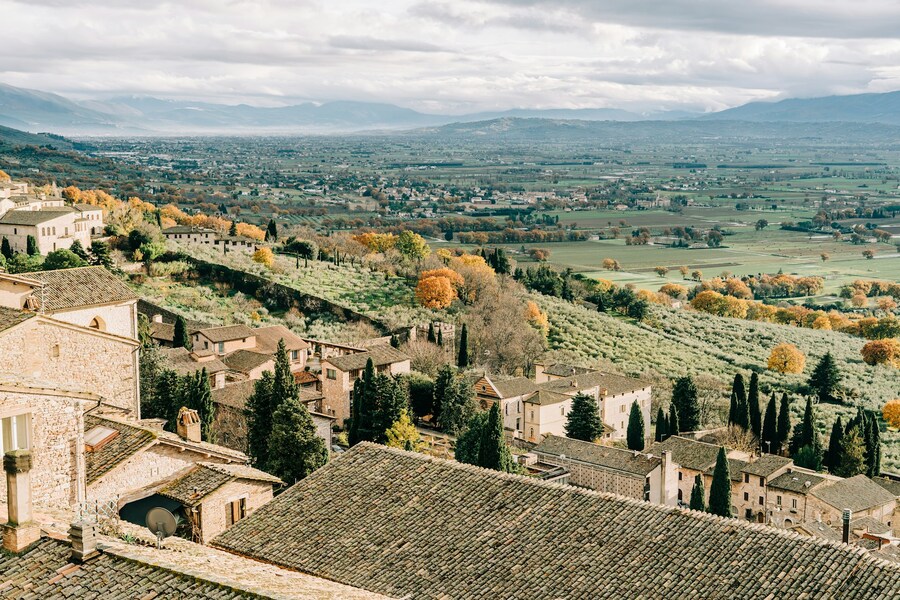
Source: Gabriella Clare Marino/Unsplash
The Via Francigena, or the "Frankish Route," is a historic pilgrimage that once connected Canterbury, England, all the way to Rome, Italy, serving as a major artery for travelers heading to the tomb of St. Peter. While the entire route stretches over 1,900 kilometers, the section through Umbria, Italy, offers one of the most compelling and visually stunning experiences. Umbria, often called the "Green Heart of Italy," is a region of rolling hills, medieval hilltop towns, and a profound, quiet spirituality, making it an ideal setting for a reflective walk.
This portion of the Via Francigena is significantly less commercialized than the main routes of the Camino, offering a quieter, more intimate journey through the Italian countryside. The path weaves through landscapes rich with history and religious significance, connecting historic centers like Assisi, the birthplace of St. Francis and St. Clare, and Orvieto, perched dramatically atop a volcanic tuff and home to a magnificent Gothic cathedral. Walking the Umbrian stages allows the pilgrim to immerse themselves in the deep spiritual heritage of Central Italy. The routes often follow ancient Roman roads, farm tracks, and lesser-known provincial roads, passing by olive groves, vineyards, and fields of sunflowers, offering a quintessential Italian experience away from the main tourist crowds. Accommodation here often involves staying in small, family-run agriturismi (farm stays) or monasteries, where the hospitality is warm and the food is regional and deeply authentic. This segment requires a greater degree of self-sufficiency in navigation compared to the Camino, but the reward is a genuine connection to the slow pace of rural Italian life and an encounter with the roots of Western monasticism and faith. It's a pilgrimage that beautifully marries the physical challenge of the walk with the cultural richness of one of Europe's most storied nations, providing moments of profound stillness amidst historical grandeur. The rolling terrain makes for challenging but rewarding days, culminating in breathtaking views of medieval architecture perfectly integrated into the natural landscape.
4. Pilgrim's Way – North Wales
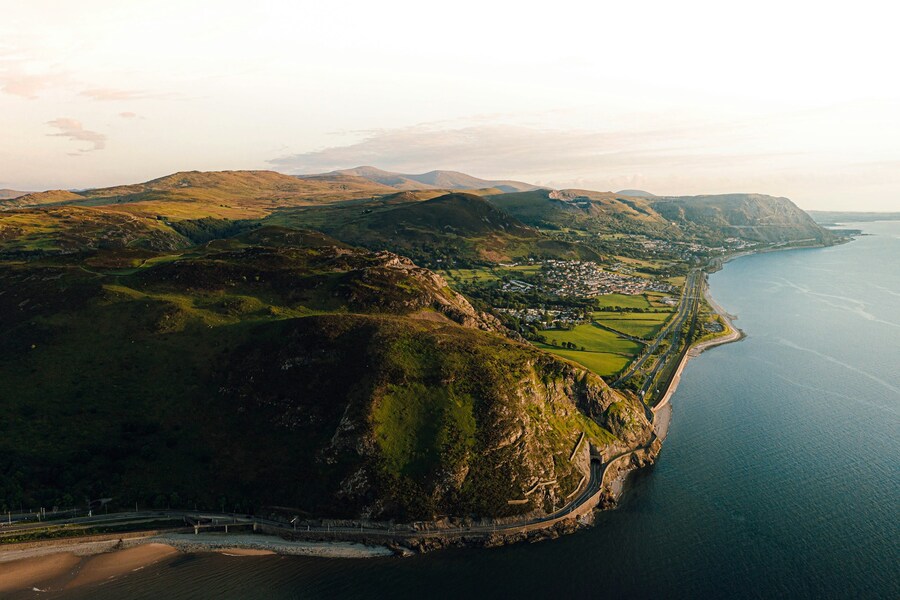
Source: Graham Pengelly/Unsplash
The Pilgrim's Way (Llwybr Pererin) in North Wales is a rugged, ancient journey rooted in Celtic Christian tradition. It follows the historical path to Bardsey Island (Ynys Enlli), a major medieval pilgrimage site known as the "Island of 20,000 Saints." Three pilgrimages here were once considered equal to one to Rome.
The route spans roughly 135 kilometers, beginning near Caernarfon and ending at Aberdaron, the gateway to Bardsey. The path features dramatic coastal scenery, wild moorlands, and views of Snowdonia, making it both physically demanding and beautiful. Unlike the well-supported Camino, this Welsh route requires better navigational skills and preparedness for the unpredictable Irish Sea weather. The journey links ancient churches, holy wells, and early Christian settlements, offering a tangible connection to early British spiritual heritage. Reaching Aberdaron and viewing Bardsey Island across the sound is a powerful moment of reflection. This pilgrimage offers a profound encounter with monastic solitude and the elemental beauty of the Welsh environment, appealing to those seeking a distinct, less-traveled spiritual tradition.
5. Adam's Peak – Sri Lanka
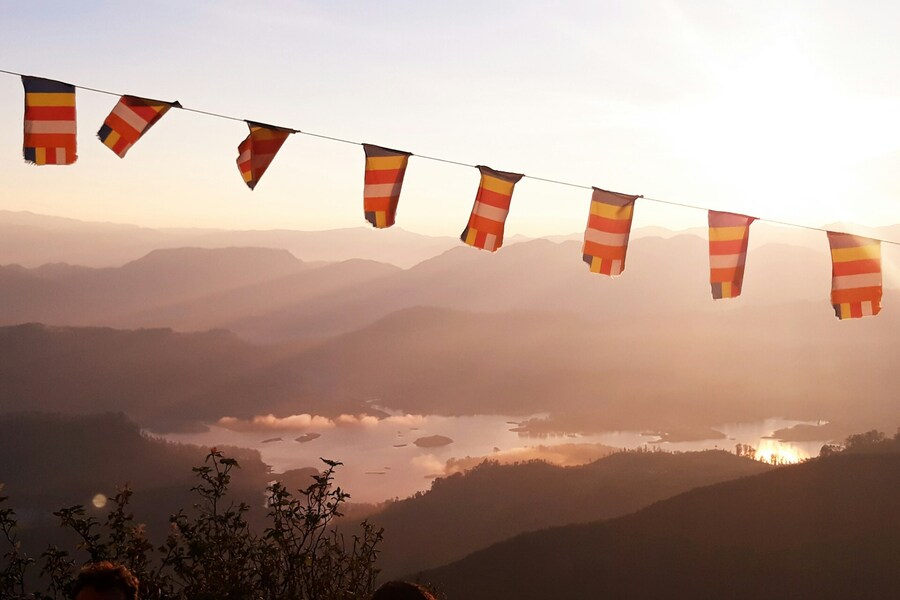
Source: Chamika Jayasri/Unsplash
Adam's Peak (Sri Pada in Sinhalese) in Sri Lanka offers a pilgrimage that's entirely different in nature from the long, multi-day treks of Europe and Japan. This is an intensive, single-night, and single-day ascent of a towering, conical mountain that holds profound religious significance for four major world religions: Buddhists, Hindus, Muslims, and Christians. At its summit, a large rock formation is revered as a sacred footprint. Buddhists believe it's the footprint of the Buddha; Hindus claim it belongs to Shiva; and Muslims and Christians attribute it to Adam, left as he first stepped on earth after being cast out of paradise. This convergence of beliefs makes the mountain a powerful symbol of interfaith harmony.
The pilgrimage season runs from the full moon in December to the full moon in April. Outside of this time, the path is unlit and the weather is challenging. The climb is a grueling one: roughly 5,500 to 6,000 steps, depending on the starting point (typically Nallathanniya or Ratnapura). Pilgrims begin the ascent in the deep dark of the night, guided by thousands of strung-up lights, aiming to reach the summit before dawn. The climb is relentlessly steep, testing the stamina and determination of every walker. The atmosphere on the path is unique – a mix of determined silence and the rhythmic chatter of local pilgrims, many of whom undertake this journey annually as an act of devotion. Reaching the summit just as the sun begins to rise is an unforgettable spectacle. As the darkness lifts, the staggering view of the surrounding hills, tea plantations, and low-lying cloud cover is revealed. The most spectacular sight, however, is the "Shadow of the Peak," a perfectly triangular shadow cast by the mountain onto the clouds and surrounding landscape, moving and shrinking as the sun rises higher. This breathtaking natural phenomenon is interpreted by pilgrims as a divine sign. The descent, undertaken in the bright daylight, is a long, knee-jarring affair, allowing for a clearer view of the lush, tropical scenery previously hidden by the night. This is a short, sharp, and intensely spiritual pilgrimage, a powerful test of physical will leading to a moment of shared, spectacular revelation at the roof of the world.
The bottom line
These 5 sacred journeys – across diverse cultures and vast distances – are profoundly transformative experiences. They strip life down to its essentials, cultivating patience, endurance, and a deep appreciation for the generosity of strangers. Each pilgrimage, whether it's the historical trek of the Via Francigena, the syncretism of the Kumano Kodo, the camaraderie of the Camino, the beauty of the Welsh Coast, or the challenge of Adam's Peak, serves as a powerful invitation. It's a call to pause, reflect, and rediscover an inner strength. Embarking on any of these trails isn't merely a travel plan; it's an investment in self-knowledge and a commitment to experiencing the world in its purest, most rewarding form. The physical challenge is temporary, but the memories of this journey for the soul will endure. We wish you a wonderful and safe trip!






